For the first time, BRICS nations can tread in INDIAN Rupees instead of Dollars
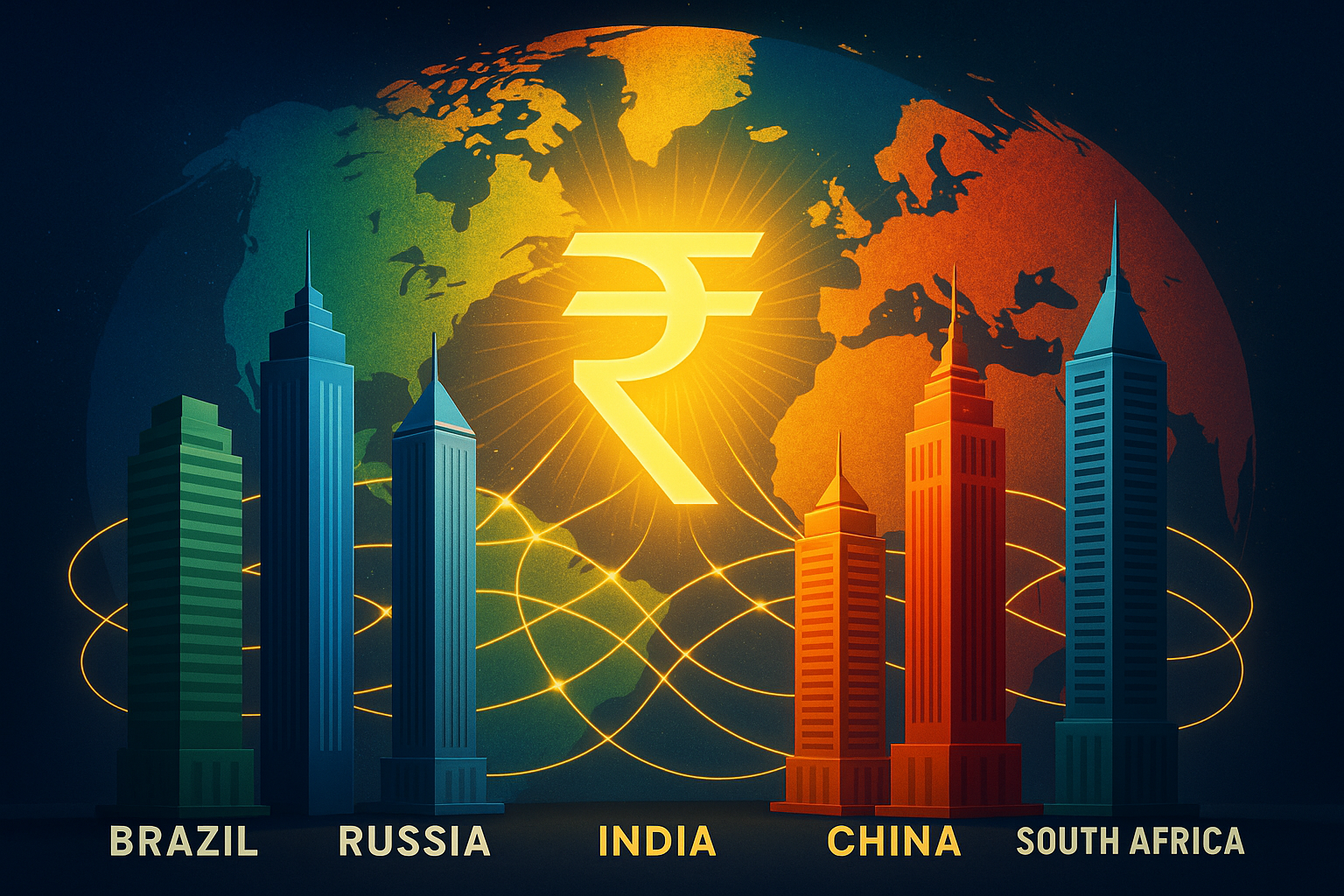
The global balance of power is shifting. With BRICS expanding to include 11 full members and 10 partner countries, the group is no longer just a coalition of emerging economies—it’s a force reshaping world trade. As countries within the BRICS seek to reduce their reliance on the US dollar, one currency is quietly gaining momentum: the Indian Rupee. This could be India’s moment to step up, not just as an economic powerhouse but as a financial leader for the Global South.
The New BRICS: Bigger, Stronger, More Ambitious
In 2025, the BRICS has grown from its original five members—Brazil, Russia, India, China, and South Africa—to a stronger bloc of 11 members. Egypt, Ethiopia, Iran, Indonesia, Saudi Arabia, and the UAE have officially joined the table.
Alongside them, 10 partner countries—Belarus, Bolivia, Cuba, Kazakhstan, Malaysia, Nigeria, Thailand, Uganda, Uzbekistan, and Vietnam—are also closely tied to BRICS activities.
This expansion is not just symbolic; it signals that BRICS is serious about creating alternatives to Western-dominated economic systems.
Why De-Dollarisation Matters
For decades, the US dollar has been the backbone of global trade. But relying on a single currency comes with risks—especially when sanctions, interest rate hikes, or geopolitical pressure can disrupt entire economies.
- Sanctioned nations like Russia and Iran are already experimenting with alternatives.
- Energy exporters like Saudi Arabia and the UAE are keen to sell oil in non-dollar currencies.
- Developing nations want financial systems that reflect their needs, not Wall Street’s agenda.
This is where the Indian Rupee (INR) comes in.
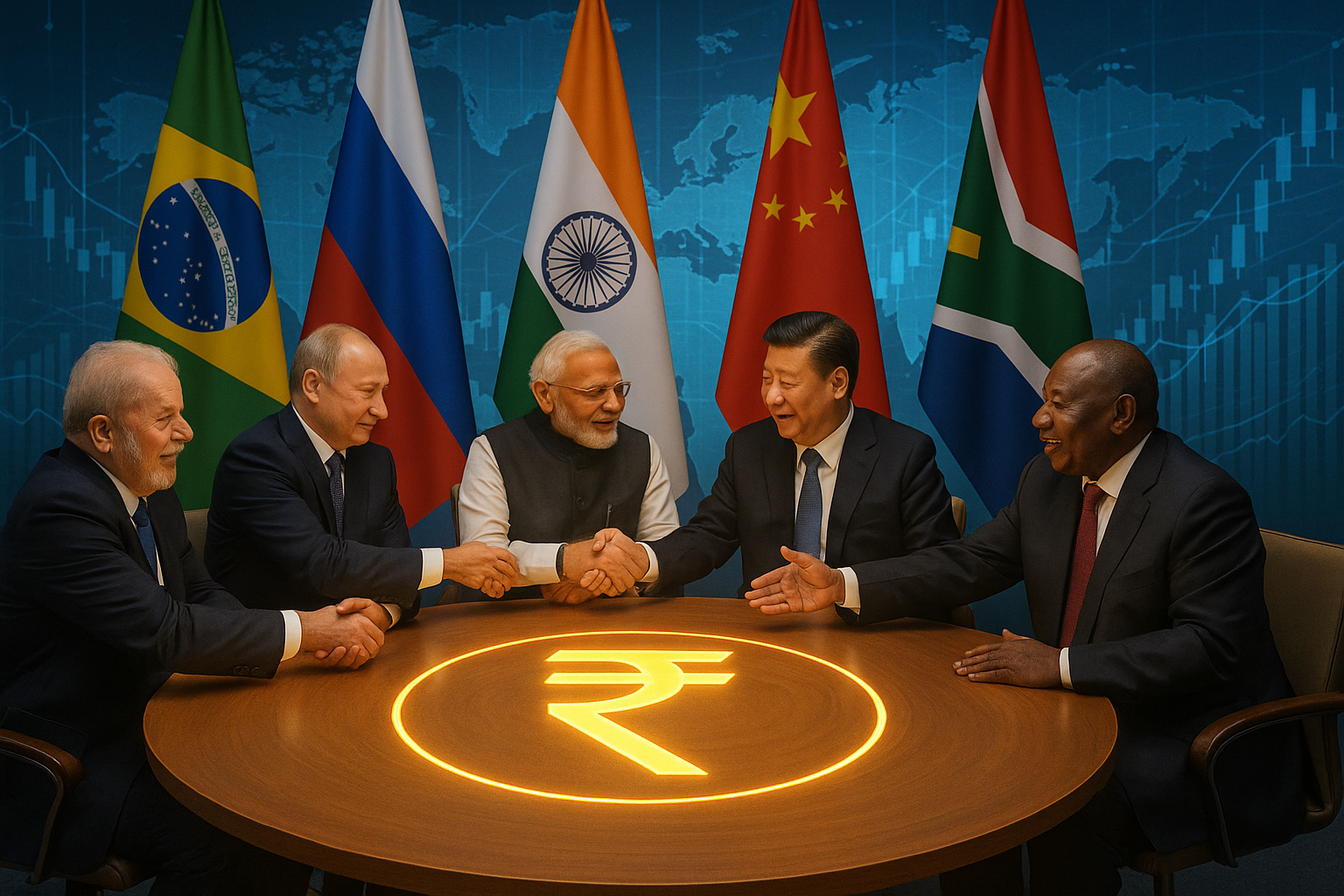
The Indian Rupee Advantage
India is now the fourth-largest economy in the world, with strong growth even when major economies slow down. For BRICS, using INR makes practical sense:
- Growing Trade Network: India trades actively with almost every BRICS member, from oil imports with Russia and Saudi Arabia to tech exports to Africa.
- Stable Currency: Compared to volatile alternatives, INR has shown resilience in global markets.
- Digital Push: India’s fintech systems (like UPI) are globally admired. Linking INR with cross-border digital payment systems could make BRICS trade faster and cheaper.
- Neutral Ground: Unlike the yuan or ruble, INR doesn’t carry heavy geopolitical baggage, making it acceptable to more partners.
What BRICS Trade in Rupees Could Look Like
Imagine a future where:
- India buys oil from Saudi Arabia in INR, reducing the need for costly dollar conversions.
- Russia sells fertilisers to India, getting paid in rupees that can be used to purchase Indian goods.
- African countries trade agricultural produce with India using INR settlement systems, bypassing expensive dollar middlemen.
This isn’t just theory—it’s already happening in small pockets. The task now is scaling it up.
Challenges on the Road
Of course, shifting away from the dollar won’t be easy.
- Liquidity: Countries will need large pools of INR reserves.
- Trust: Partners must feel confident that INR will remain stable.
- Coordination: BRICS will have to design mechanisms for fair settlement and avoid overdependence on one nation’s banking system.
Yet, every global shift begins with small steps—and BRICS countries are showing the intent.
Why This Matters for You
A world where BRICS strengthens trade in local currencies could impact your daily life too:
- Cheaper imports: Less dollar dependence could reduce costs in energy, fertilisers, and food.
- Stronger rupee: Greater demand for INR could boost India’s currency globally.
- More jobs: A bigger role in BRICS finance means more opportunities for India’s banking, tech, and manufacturing sectors.
The Bigger Picture: Multipolar World Order
At its core, BRICS’ push is about balance. For too long, one currency and one country have dictated the rules of global trade. By introducing INR, alongside other currencies, BRICS is sending a clear signal: the world is ready for a multipolar economic system where no single power dominates.
Conclusion
BRICS expansion is more than just new members—it’s the start of a new financial story. If the Indian Rupee becomes central to this journey, it could transform India into not just a participant but a leader of global trade reform. The future is clear: the world is opening up to alternatives, and India must seize this opportunity to write its next big chapter.
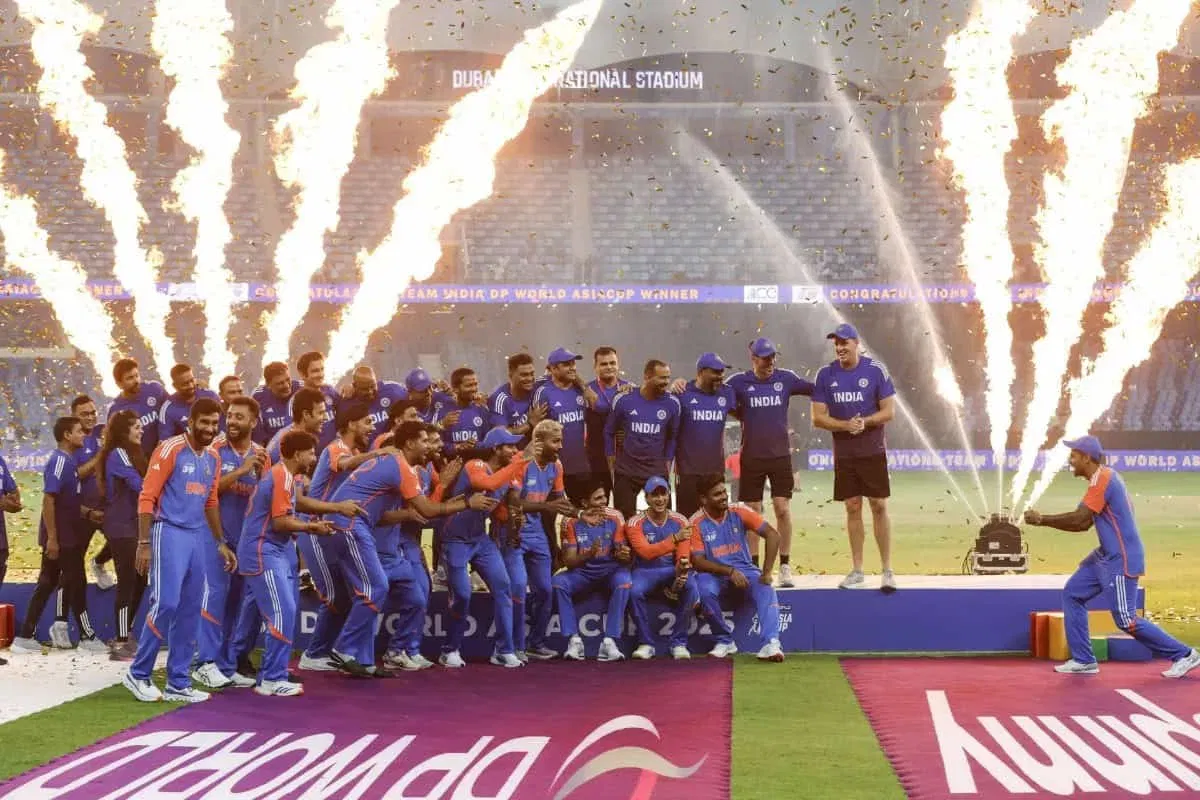
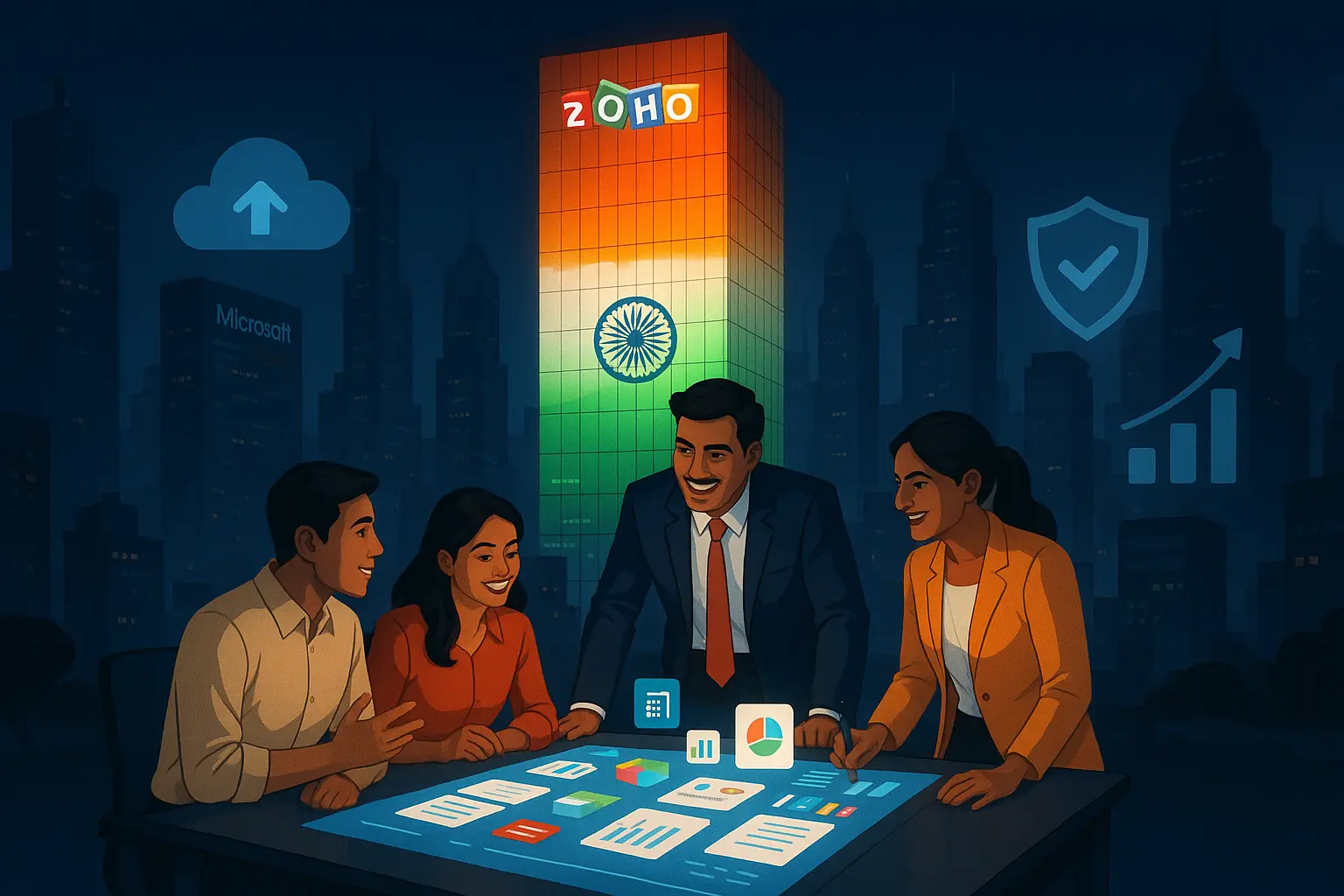
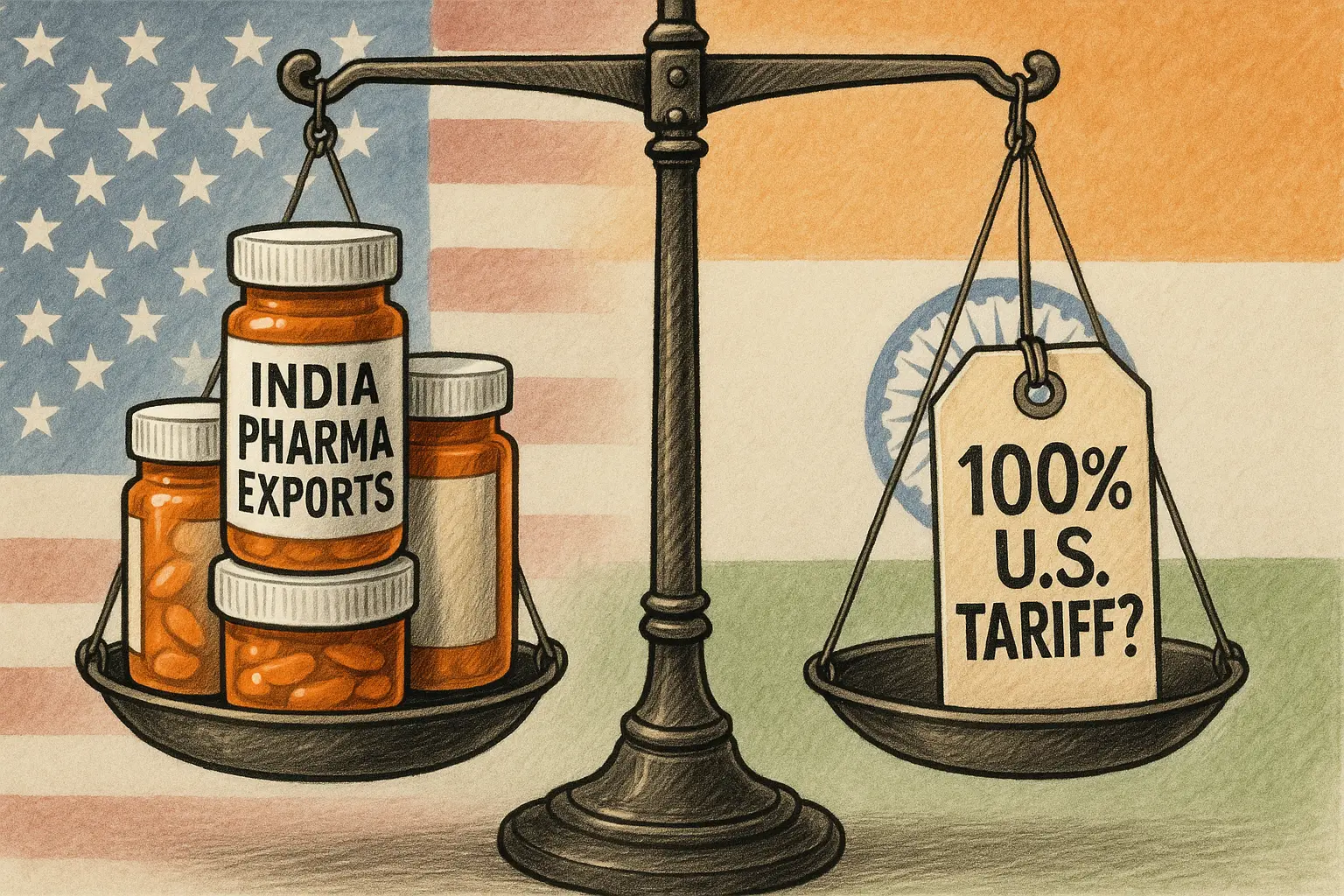

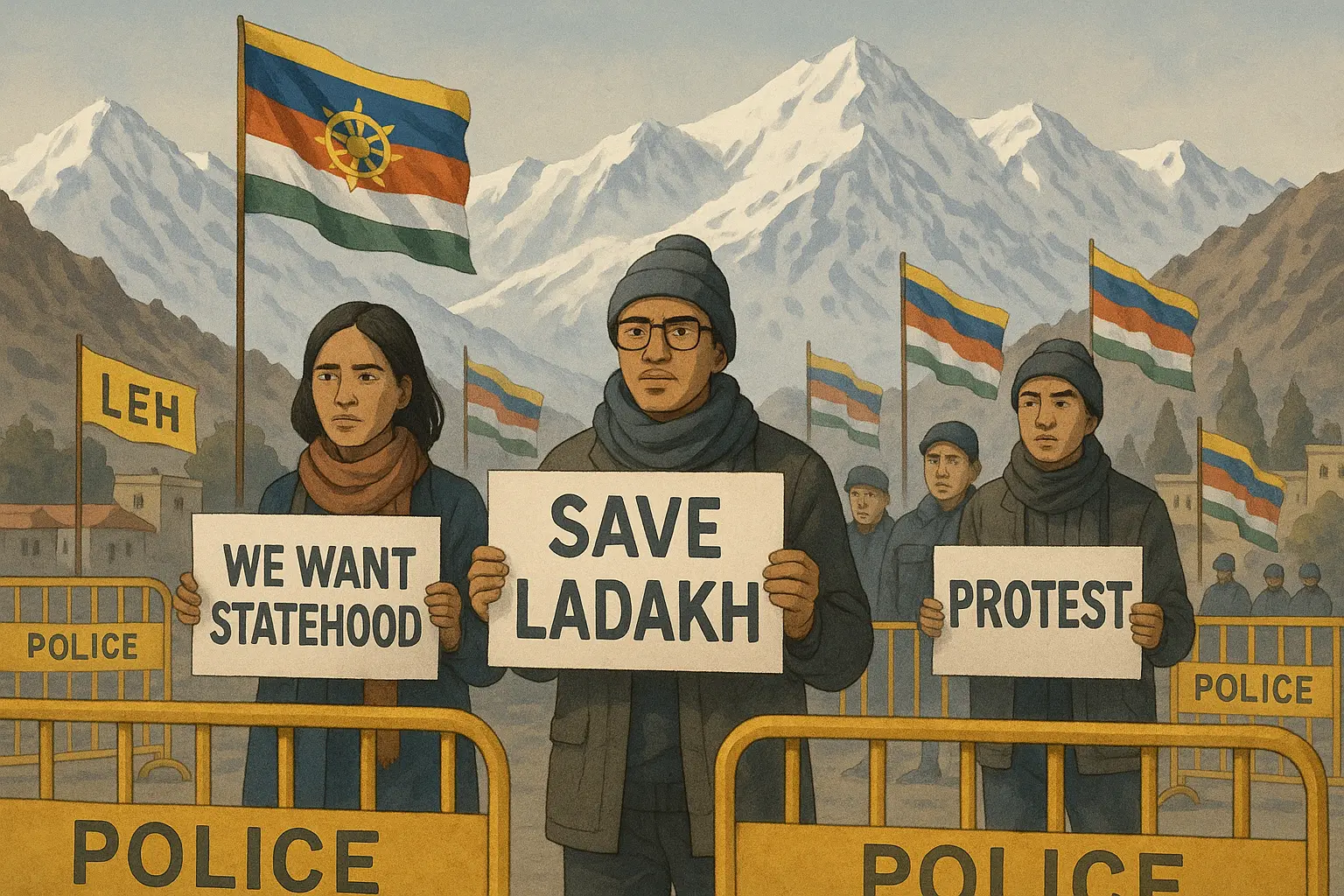
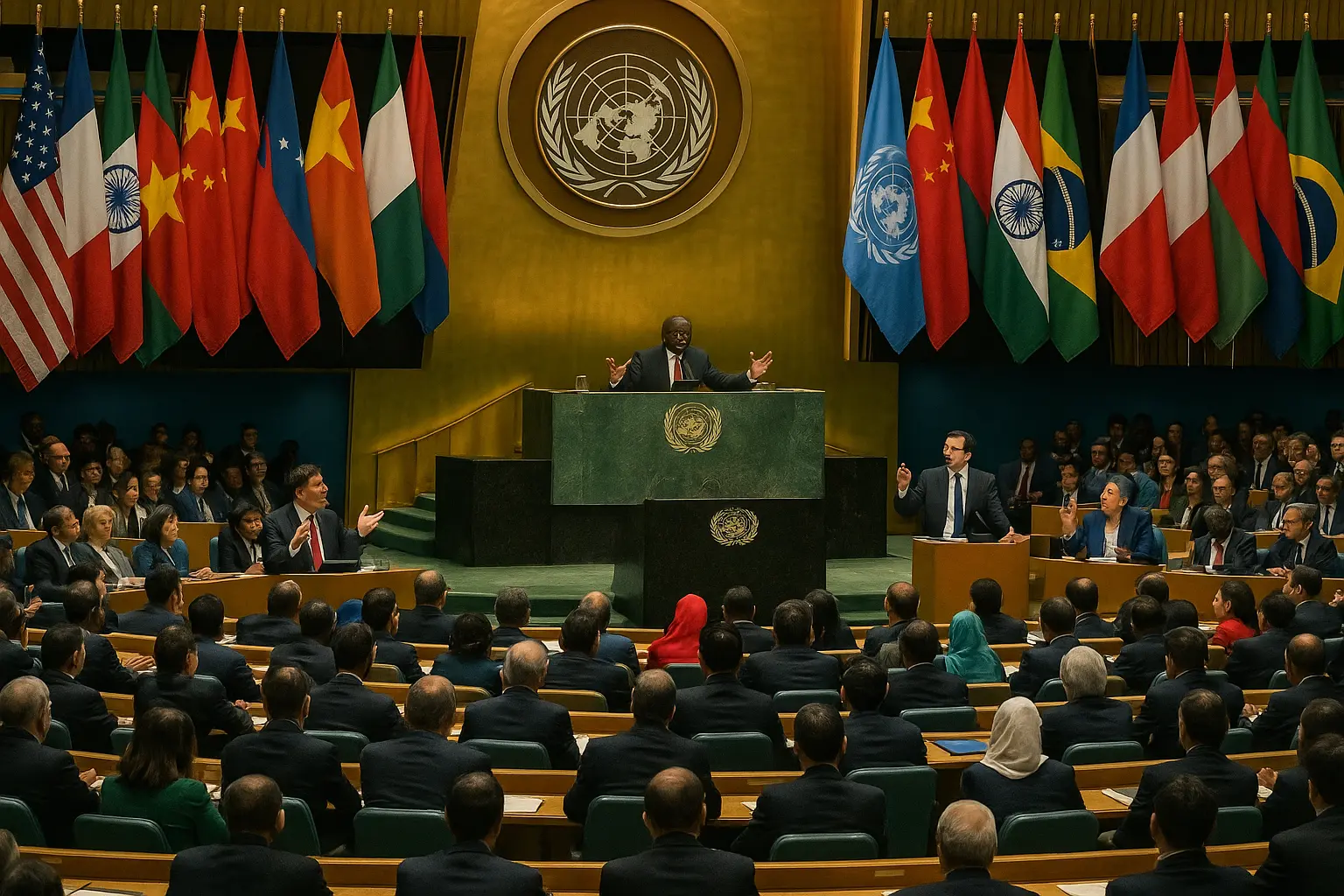
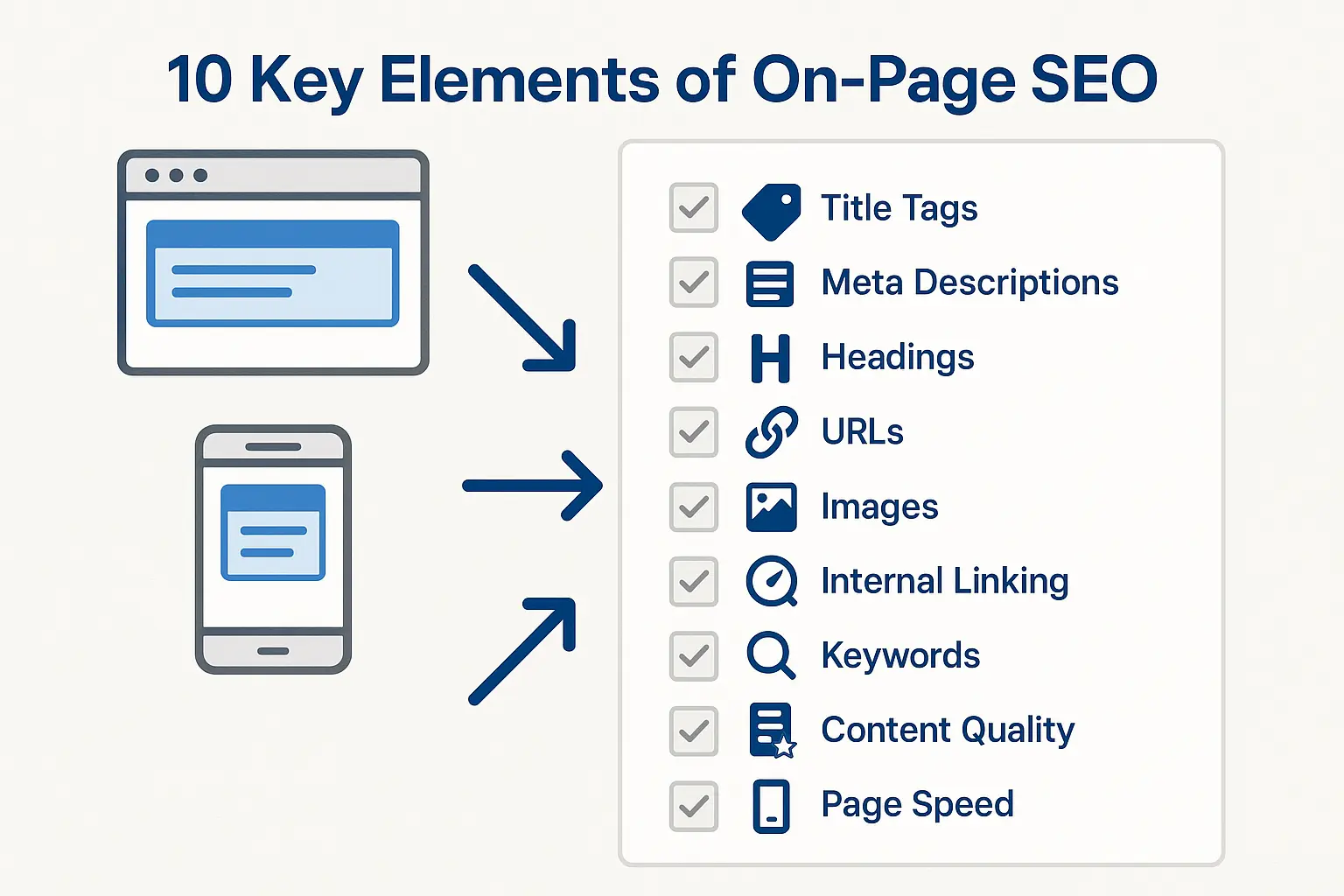


No comments yet. Be the first to comment!